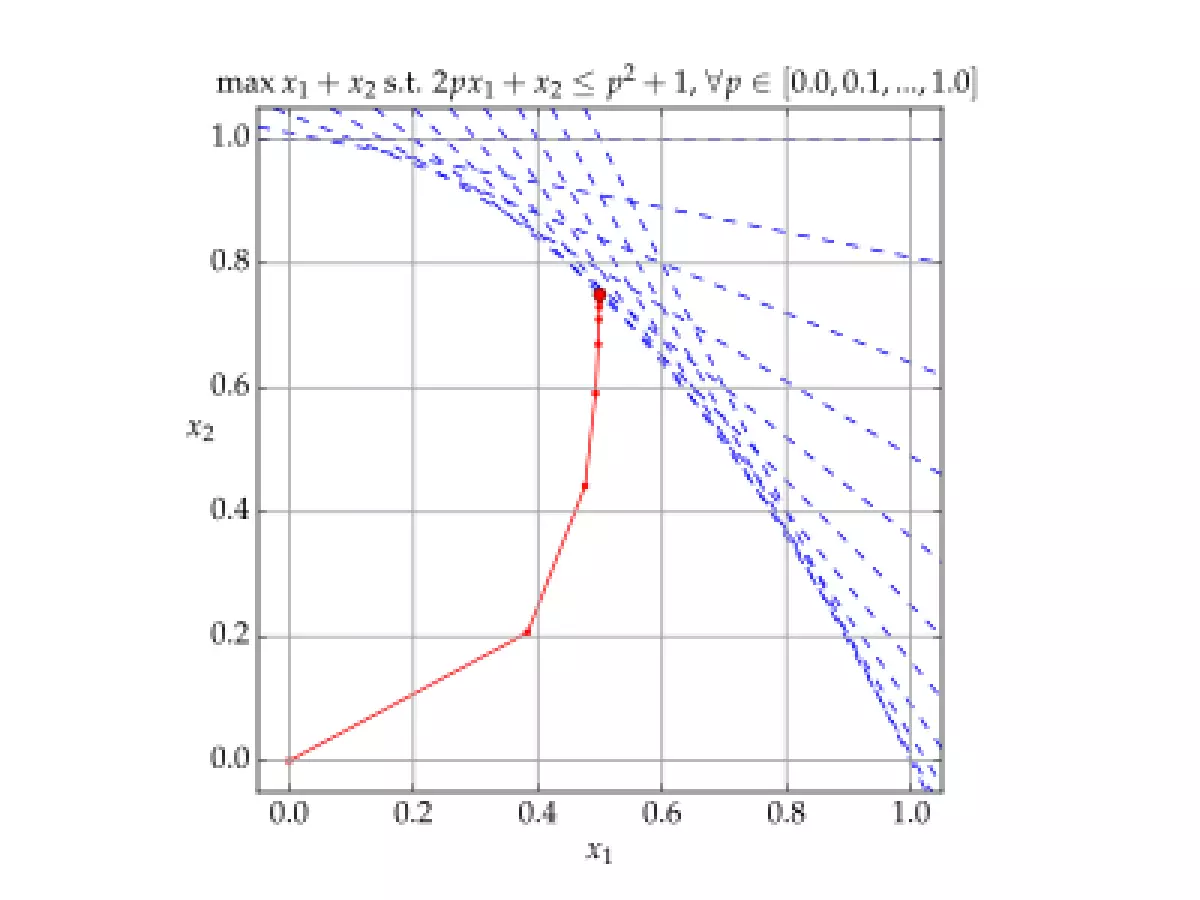
Interior-point methods (also known as barrier methods or IPMs) have revolutionized the field of optimization by providing efficient algorithms for solving linear and non-linear convex optimization problems. These methods offer a combination of theoretical advantages and practical efficiency, making them an indispensable tool for various industries.
A Brief History
Interior-point methods were initially discovered by Soviet mathematician I. I. Dikin in 1967. However, it was not until the mid-1980s that these methods gained widespread attention in the United States. In 1984, Narendra Karmarkar developed Karmarkar's algorithm, a method for linear programming that has proven to be both theoretically efficient and practically fast. This algorithm sparked a surge of interest in interior-point methods and paved the way for further advancements in the field.
How do Interior-point Methods Work?
In contrast to other optimization algorithms, such as the simplex method and the ellipsoid method, which operate on the boundary or outside of the feasible region respectively, interior-point methods work by traversing the interior of the feasible region. This approach gives these methods their name and allows them to reach the best solution efficiently.
Interior-point methods employ a barrier function to encode the convex set, transforming the convex optimization problem into minimizing (or maximizing) a linear function over the convex set. The barrier function serves as a self-concordant barrier for the feasible set, ensuring that the algorithm's number of iterations is bounded by a polynomial in the dimension and accuracy of the solution.
Advantages of Interior-point Methods
The class of primal-dual path-following interior-point methods, such as Mehrotra's predictor-corrector algorithm, has proven to be the most successful in solving convex optimization problems. These methods offer many advantages, including:
- Polynomial runtime complexity in theory: Interior-point methods have a polynomial runtime, ensuring efficient and fast convergence.
- Practical efficiency on complex problems: Unlike other methods, interior-point methods can efficiently solve complex optimization problems with a large number of variables and constraints.
- Flexibility for different problem types: Interior-point methods can handle various types of convex optimization problems, including linear programs, quadratically constrained quadratic programs, semidefinite programs, and more.
Conclusion
Interior-point methods have emerged as a breakthrough in optimization algorithms. These methods combine theoretical efficiency with practical fast convergence, making them a valuable tool for solving linear and non-linear convex optimization problems. With their numerous advantages and wide applicability, interior-point methods have become an essential part of modern optimization techniques.
So, whether you are looking to solve linear programs, quadratically constrained quadratic programs, or any other convex optimization problem, interior-point methods are the way to go. Their efficient runtime and powerful capabilities make them the perfect choice for tackling even the most complex optimization challenges.












